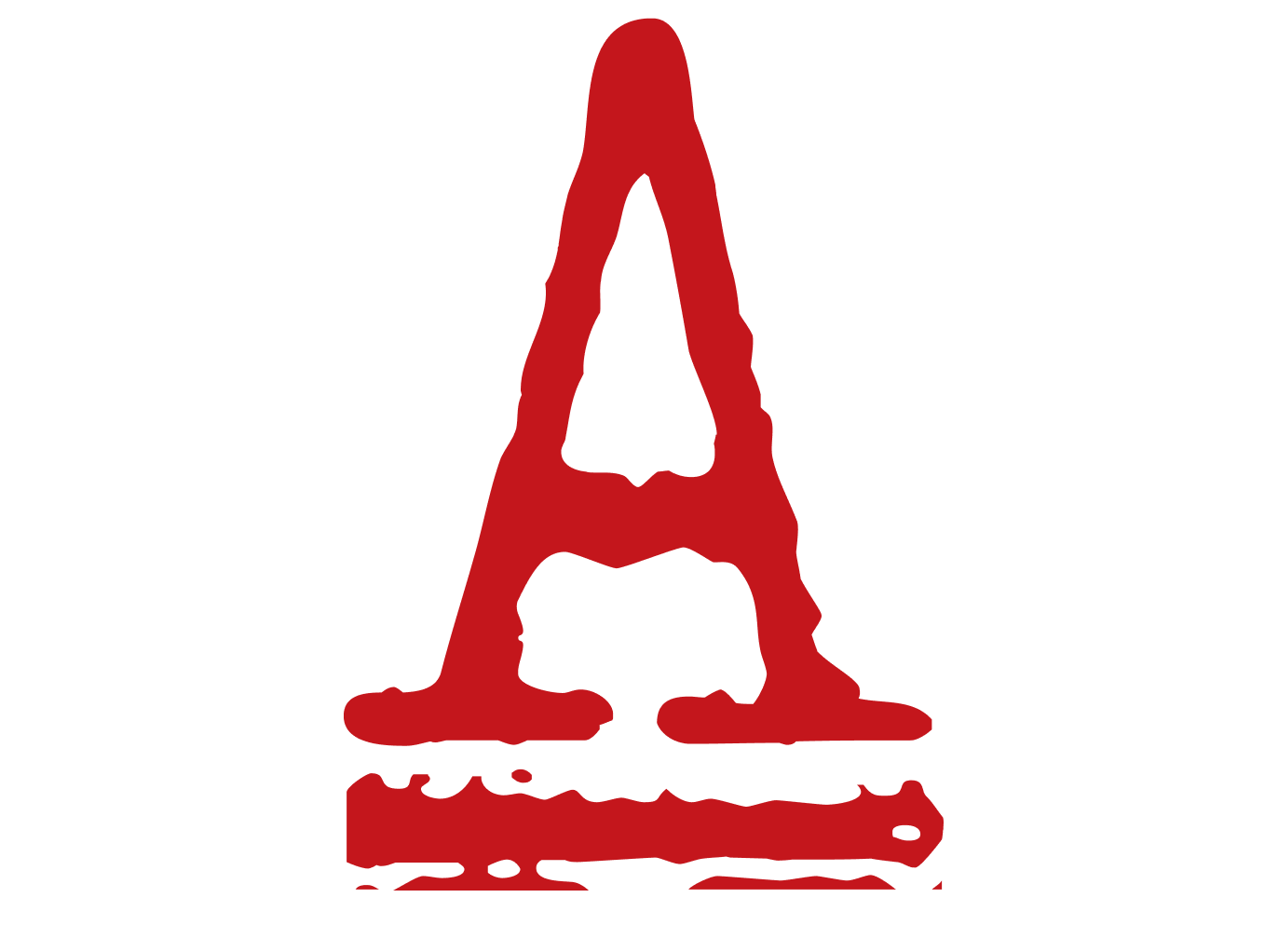Truthout, August 11, 2022
On August 12, 2017, the largest fascist-led rally in the United States in many decades was held in Charlottesville, Virginia. What happened shocked the country out of its complacency about how right-wing politics were unfolding under then-President Donald Trump, and foretold the years of far right violence to come. Charlottesville’s effects still reverberate today, both on those who were present and in local and national politics. And there is a direct line from that rally to the storming of the Capitol on January 6, 2021.
The Violence Begins
The evening before the “Unite the Right” rally, attendees of a torchlit march chanted “Jews will not replace us” and attacked peaceful student counter-protesters. The next day, street-fighting was capped off when a neo-Nazi drove a car into an anti-fascist march, murdering Heather Heyer and injuring almost 30 others. Three days later, Trump made his infamous statement that there were “very fine people on both sides.”
Steve Grey is a militant anti-fascist who drove from the northeast to provide support for local counter-protesters and community members in what he knew would be “a very dangerous situation.” Arriving the night before with other activists, they heard that the fascists were on the move and went to intercept them. But Grey and his fellow anti-fascists didn’t know what they were getting into. They stumbled upon terrified local students holding a small counterprotest on the University of Virginia (UVA) campus who were being attacked by the torch-wielding mob. The out-of-town anti-fascists tried to protect them. Grey said he was surprised that he only “got a little hurt considering how many people attacked us,” including being punched by a dozen people and burned with torches. One of the students, Devin Willis, later recounted how (what he assumed to be) lighter fluid was thrown on him. “I thought I had made a very terrible mistake and that I might die that night,” he said.


